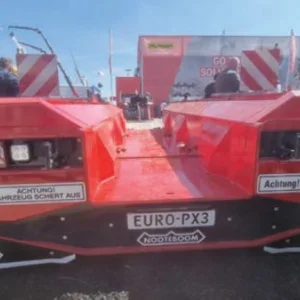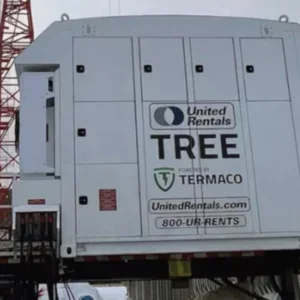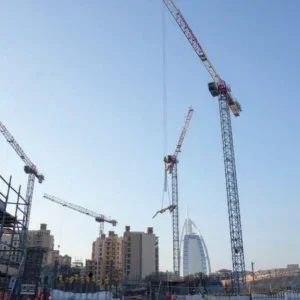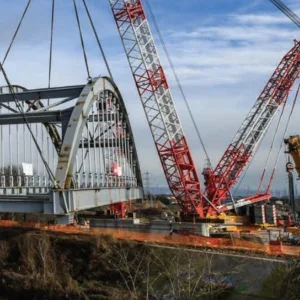There have been too many articles in the front of this magazine recently about fatal crane accidents. The is a natural instinct to question whether the cranes that we use are safe enough, which is fair enough – crane manufacturers seem to spend more on R&D into making their cranes cheaper to build or more efficient to use rather than actually safer. However, to paraphrase the US gun lobby, cranes don’t kill people – people kill people. The manufacturers produce cranes that meet or exceed all established and recognised industry standards. They cannot be accused of failing to meet their responsibilities.
I am not so sure that all crane operating companies pass that test, however. Are they really all doing absolutely everything that they can? Effective education, training and supervision are indisputably the surest way to reduce the accident rate. A crane operator holds lives in his or her hands just as surely as a brain surgeon. Would you allow someone to operate on you if they had had the quantity and quality of training that is standard for much of this industry? I am not sure that I would be too keen.
There are two issues here. There are those who contribute to accidents (usually not by what they do but what they fail to do, either because of circumstance or because for years they have got away with it). And there are those who are the victims of accidents. The victims who are hapless passers by must be considered genuinely blameless. But there are other victims, often inexperienced slingers and banksmen, who are in the firing line every day and do not have the training or supervision to be 100% aware, 100% of the time, of the risks that they face. Nor do they have the knowledge about how to minimise these risks. The human factor is the source of the problem, and it is up to every single human who works on and around cranes to tackle it.
What synergies are there between making cranes and making other machinery?
In manufacturing, one would imagine quite a few. It’s all procuring raw materials, cutting, bending, assembling, and painting. But these days most ‘manufacturers’ don’t make much.
They outsource most of the hard work and just stick a few major components together. The core competencies today, therefore, are engineering design (although this too can be outsourced), sales & marketing and product support.
Manitowoc has jettisoned aerial work platforms to focus solely on cranes.
Link-Belt’s crane and excavator production was separated in the 1990s. Kobelco has hived off its crane operations. Grove, Demag, and others were disposed of by conglomerate parents. Komatsu still makes a few cranes in Japan but does not play on the world stage with them. Hitachi and Sumitomo, both big in excavators, pooled and hived off their crane sales and marketing operations (though retained their own manufacturing operations).
Two that buck the trend are Liebherr and Terex. Liebherr continues to include cranes in a diverse product mix, although the Nenzing and Ehingen operations seem sometimes to work more as sibling rivals rather than as a single company. Terex continues to expand across all construction and mining equipment product lines. As a private company, Liebherr is somewhat immune from short-termist shareholder pressures. Terex is not. Terex’s aerial work platform business grew 42% in 2004; its materials processing and mining division grew 35%; its roadbuilding and utility division grew 45%; its cranes division was flat. Given the kind of financial disciplines demanded by Wall Street, will Terex shareholders grow impatient that the crane market is not offering the kind of growth offered by other segments? And if so, how long before they demand an exit from cranes? One thing is for sure, shareholders will feel no emotional attachment to an industry segment that was significantly responsible for the growth of Terex into a $5bn enterprise.
Any such talk is quickly scotched by the Wall Street analysts to whom I have put this question. They tell me that there is absolutely no sign of any such negative sentiment brewing. This continued positive attitude is smart because the crane market is now on the bounce and moderate growth is surely ahead.
Despite this, I still can’t help hearing a voice in the back of my head. I think it is Fil Filipov, former Terex Cranes president, repeating his motto: ‘Nothing is forever’.
P.S. As you read this, Conexpo will have already taken place. But at time of writing
I am just packing my bags. My postcard from Vegas will be with you next month.






